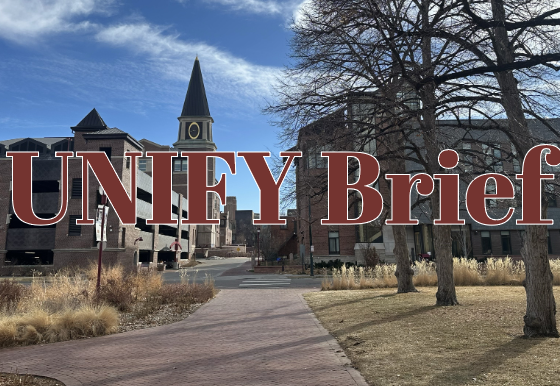Rose Odine came to the United States from Cameroon at age 14 with the promise of an education and a babysitting position. Instead, she was kept as a slave.
For years she was forced to work for a suburban family in Maryland. She was beaten, never paid and never attended to school.
“I would just cry hoping one day I’d get to see [my sisters] again,” she remembers.
This is one of four stories told in the movie, “Dreams Die Hard,” shown last Wednesday as part of the Polaris Project’s national Slavery Still Exists Campaign. The DU Task Force on Modern Slavery and Human Trafficking hosted the screening. Other events were held on the DU campus all week in order to bring attention to this worldwide crisis.
Human trafficking is currently the second largest international criminal industry, second only to the drug trade. It’s also the fastest growing.
According to Kevin Bales, author of the book, Disposable People: New Slavery in the Global Economy, there are at least 27 million people being used as slaves worldwide. That means that there are more slaves in the world today than at the height of the slave trade.
The “Slavery Still Exists Campaign” has been designed as the first national campaign to bring awareness to trafficking in human beings. It empowers students, activists and members of the community to get involved and show their opposition to the practice. Participants at DU were photographed holding signs that said, “Slavery Still Exists.” The photographs will be added to a national collection.
Victims of human trafficking are used as domestic labor, migrant labor and the sex industry.
“We worked six days a week and 12-hour days. We mostly had to serve 32-35 clients a day…If anyone refused to be with a customer, we were beaten. If we adamantly refused, the pimps would show us a lesson by raping us,” Maria, 18, who was trafficked into the U.S. from Mexico, said in the film.
Niki Hawthorne, a member of the DU taskforce, explained that there is a fundamental difference between today’s human trafficking and the slave trade of the past. Historically slavery was the sale of people, thus making them expensive and valuable property. Today, slaves are essentially cheap and expendable. They are a source of free labor.
“[There’s] a lot of need and not a lot of people doing things,” Hawthorne said.
Those interested in getting involved with the movement to stop human trafficking or who are interested in learning more can attend a meeting with the DU Task Force on Modern Slavery and Human Trafficking or visit www.freetheslaves.net.











